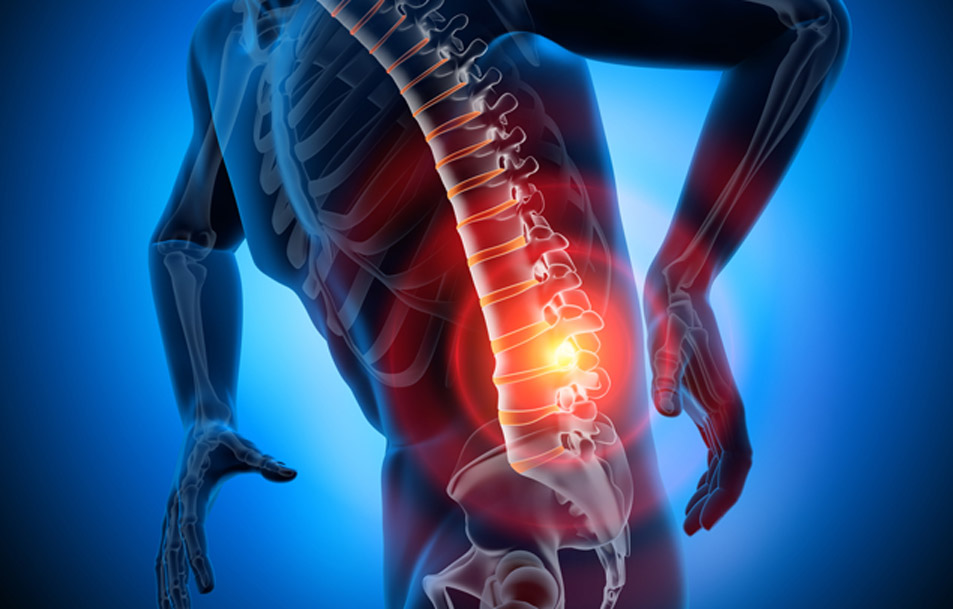
Radiofrequency ablation of medial branch nerves is a procedure designed to address back pain. Individuals who have not experienced pain relief from other conservative treatments may need to undergo radiofrequency ablation.
The procedure is not recommend for individuals who:
- Are pregnant
- Have a bleeding disorder
- Are allergic to local anesthetics
- Have a local or system bacterial infection
- Have a tumor or infection in the spine
- Have uncontrolled congestive heart failure or diabetes
- Cannot pause taking certain medications before the procedure, such as aspirin, antiplatelet drugs/blood thinners
- Have a pacemaker implanted
How To Prepare For The Procedure
Before the procedure, the physician will advise patients to avoid taking certain medications until after the procedure. Patients should notify their physician if they are allergic to Contrast, Iodine or Latex. Patients should avoid eating and drinking for two hours before their appointment.
On the day of the procedure, patients should take a shower and avoid applying skin lotions or medicated creams to the treatment area. Patients should bring their latest imaging studies and report and arrive 30 minutes early.

What To Expect During The Procedure
A radiofrequency ablation of medial branch nerves is typically performed under mild sedation and the patient remains awake and conscious during the entire procedure.
With the patient lying on his or her stomach on the procedure table, an intravenous (IV) line will be inserted and the skin over the treatment area will be cleaned to reduce the risk of infection. The surgeon will then inject an anesthetic to the treatment site and use x-ray guidance to direct the RFA needle toward the medial branch nerves. Once the needle is in the correct position, the surgeon will insert an active electrode through the needle and send a small amount of electrical current next to the target nerve.
The surgeon will then use radiofrequency ablation to create a heat lesion on the nerve. The entire procedure can take between 30 to 90 minutes. Patients will be monitored for 15-45 minutes after the procedure and if their vitals are normal, the IV line will be removed and they will be discharged. Patients are advised to have someone else present to drive them home after the procedure.
After The Procedure
Patients should avoid driving and operating machinery for 24 hours after the procedure. It’s okay to shower, but patients should avoid bathing or submerging under water for 24 hours. Patients can remove the bandages 24 hours after the injection and should look for signs of excessive redness or infection. If patients experience warmth, discharge or collection of pus at the injection site, they should call the clinic immediately.
Patients should call their doctor if they experience any of the following symptoms:
- Sudden weakness
- Shortness of breath or palpitations
- Fever over 101°F within five days after the procedure
- Intractable headache
- Allergic reaction within 48 hours of the procedure
- Persistent redness, increased pain or discharge from the injection site
- Weakness in the legs, face or arms
- Incontinence of urine or stool

Risks And Side Effects
The risks of radiofrequency ablation of medial branch nerves are rare but may include:
- Infection
- Bleeding
- Nerve injury
- Dural puncture
- Allergic reaction to the anesthesia
- Transient muscle spasms
- Temporary increase in pain
- Complex regional pain
